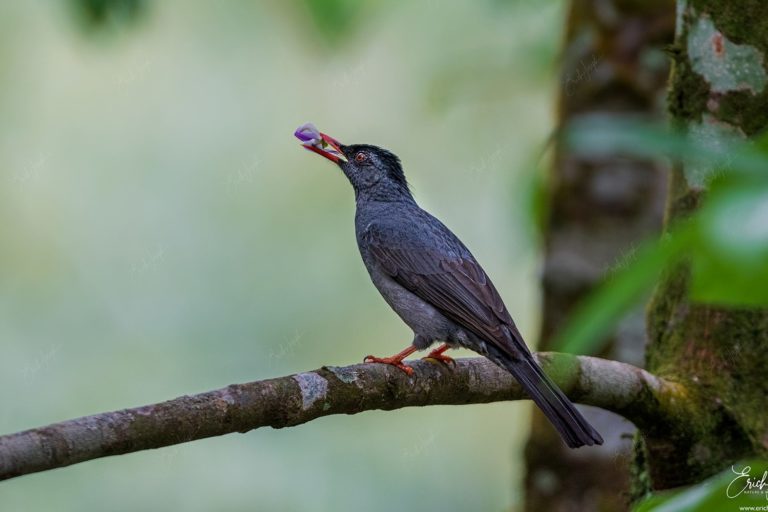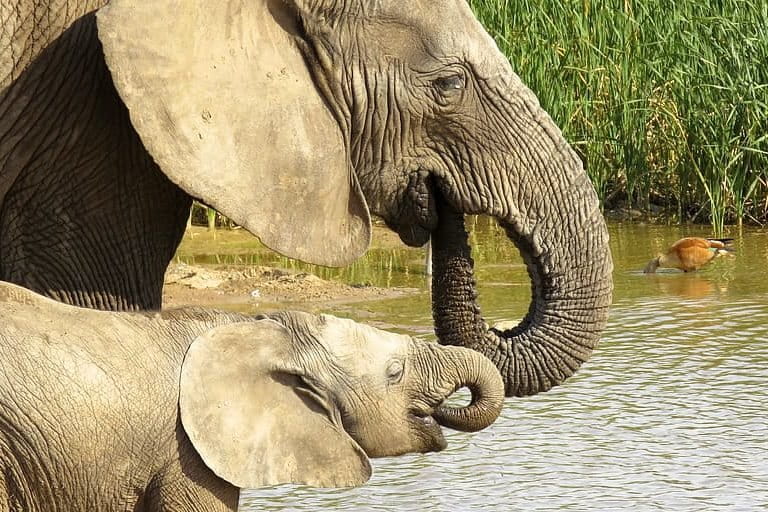Over the past 4 billion years, lifeforms have evolved into the spectacular array of species that now inhabit the planet. While many species radiated into extensive families of closely related…
The study of animals has always been a point of curiosity for many scientists across disciplines and has contributed to our understanding of the world. While many scientists in evolutionary…
With their camouflaged coats, impossibly long tails, and extraordinary tree-climbing skills, clouded leopards are evolutionary marvels. They’re beautifully adapted to a feline life in the trees. But what evolution hadn’t…
Chimpanzees tend to sleep more on the ground than previously thought, a behavior that has implications for their conservation and could help explain how and when early humans abandoned trees…
In a rare turn of events, scientists have classified a new family of snakes. Just three known species belong to the newly identified Micrelapidae family. Scientists say these reptiles are…
The dents and dings on the surfaces of rocks used by chimpanzees to crack open nuts preserve a history of how the animals used the tools and how those patterns…
Wide-eyed, slow-moving and roughly the bulk of a small loaf of bread, pygmy lorises seem fairly unassuming at first glance. They spend their slow, nocturnal lives meticulously picking through the…
Scientists have puzzled over the distinctive form of giraffes at least since Charles Darwin and Jean-Baptiste Lamarck (figuratively) butted heads over how the towering ungulates got their long necks. The…
Scientists already knew that where the western Amazon rainforest sits today was once a vast wetland, almost four times the size of Texas and periodically flooded by pulses of seawater.…
It's that time of year when many researchers are heading out into the field again, and for some it’s the first field season after a long hiatus due to the…
Update 2/2022: In late January, correspondence found among the late E.O. Wilson's papers connected him with J. Phillipe Rushton, whose research in the 1980s and 1990s has been linked with…
Edward O. Wilson, a prominent biologist and prolific author who help raise global awareness and understanding about biodiversity and conservation, has died. E.O. Wilson, as he was often known, died…
COLOMBO — The rich diversity of bulbuls in South Asia can be traced as far as the Sundaland region of Southeast Asia, in the islands that today make up Indonesia…
Mozambique's 15-year civil war changed the face of its national parks, which underwent rampant poaching of big mammals, including elephants. It did much more. It changed the face of female…
Scientists have debated the evolution of the world’s five living rhinoceros species ever since Charles Darwin addressed the question in a treatise in the mid-1800s, predating On the Origin of…
Picking out the fluty whistle of a Sulawesi babbler (Pellorneum celebense) is easy. Spotting it is far more difficult: these shy and diminutive birds, endemic to the forests of the…
A mysterious disease is wiping out one of the world’s smallest bats, the aptly named “little brown bat,” which has an extensive range across the United States and Canada. But…
Large biomes, like the Amazon rainforest, have closely linked habitats and species, which could lead to a domino effect and a rapid ecosystem collapse; even small effects can cause a crash over time.
A 66-million-year-old fossil has allowed scientists to describe a bizarre new species of mammal that lived in Madagascar during the time of the dinosaurs. They’ve christened it Adalatherium hui, which in Malagasy…
Surrounded by darkness, many deep-sea creatures emit light to help find prey or avoid predators. Scientists have long known that small organs called photophores are responsible for this bioluminescence. Now…
Today we speak with award-winning science writer, author, and journalist David Quammen about some of the most promising and fascinating trends in conservation and evolutionary science. Listen here: In…
Over the past decade, archaeologists have dug out several pieces of bones and teeth from a cave on the island of Luzon in the Philippines. These fossil remains, all estimated…
The yellow-bellied three-toed skink is not your typical lizard. Vertebrates or animals with backbones usually reproduce in one of two ways: they either lay eggs or they give birth to…
The ensatina is a fairly common salamander. From southern British Columbia in Canada to northern Baja California in Mexico, it can be found lurking under logs in forests along the…
Scientists have long wondered why zebras wear striped coats — none other than Alfred Russel Wallace and Charles Darwin are known to have debated the question well over a century…
From the Amazon and Orinoco river basins in South America, researchers have described six new species of catfish that have tentacles on their faces, spines sticking out from their heads, and…
A team of biologists surveying remote parts of the Cordillera del Cóndor (Condor mountain range) in Ecuador’s eastern Andes have described a species of tree frog that’s new to science.…
Researchers have described a new species of giant salamander that has remained shrouded in mystery for several decades. Known from swamps in Alabama and Florida in the southern United States,…
At first glance, the slender-snouted crocodiles living in Lake Tanganyika in Central Africa look very similar to the ones in the Gambia River in West Africa. But as it turns…
Scientists searching for snake-like amphibians discovered a new species of swamp eel living in the rainforest of northeastern India. According to a paper published in the journal of Ichthyological Exploration…



























































